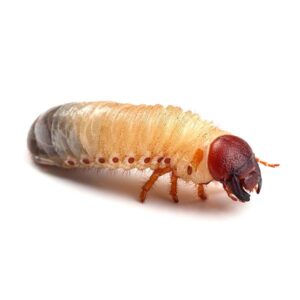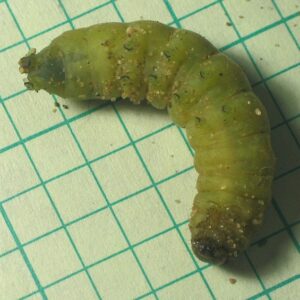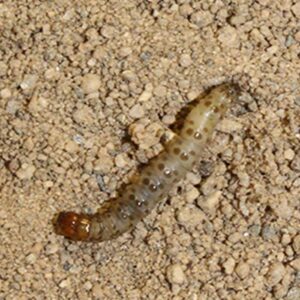Aphids in Broken Arrow OK
Aphids are year-round pests here in the Broken Arrow OK area, but they’re at their worst when the first crops grow in March and April. The pea aphid and the blue alfalfa aphid are the most notable in these conditions, but as the springs and summers here get hotter and dryer, we’re seeing more and more of the spotted alfalfa aphid. It can be nearly impossible to distinguish aphid species without the aid of a microscope or magnifying glass. Blue aphids are smaller than pea aphids, with the spotted aphid being even smaller than that. From up close you can tell them apart based on the coloring of their bodies and antennae.
Aphid Habitat
While other pests nest and build colonies underground or in undisturbed areas, aphid colonies form where they feed – right on the surface of a plant. This might be an older, more mature plant, or it could be a new growth with fresh buds. They will feed until the plant is dead or overpopulated, in which they’ll move on to the next healthy specimen.
Aphids Threats & Dangers
The danger of aphids come from their ravenous appetite. They attach to plants like alfalfa and suck out the fluids inside, resulting in stunted growth, discoloration, and eventual plant death. The spotted alfalfa is the most destructive of the aphids, as it can cause toxic damage to vulnerable flora. If you are dealing with an aphid problem, you may notice honeydew – that’s the substance produced by aphids that can result in residual stickiness. It might turn black, or attract an influx of ants. Whatever the case, that’s one surefire sign that it’s time to contact a licensed exterminator.





